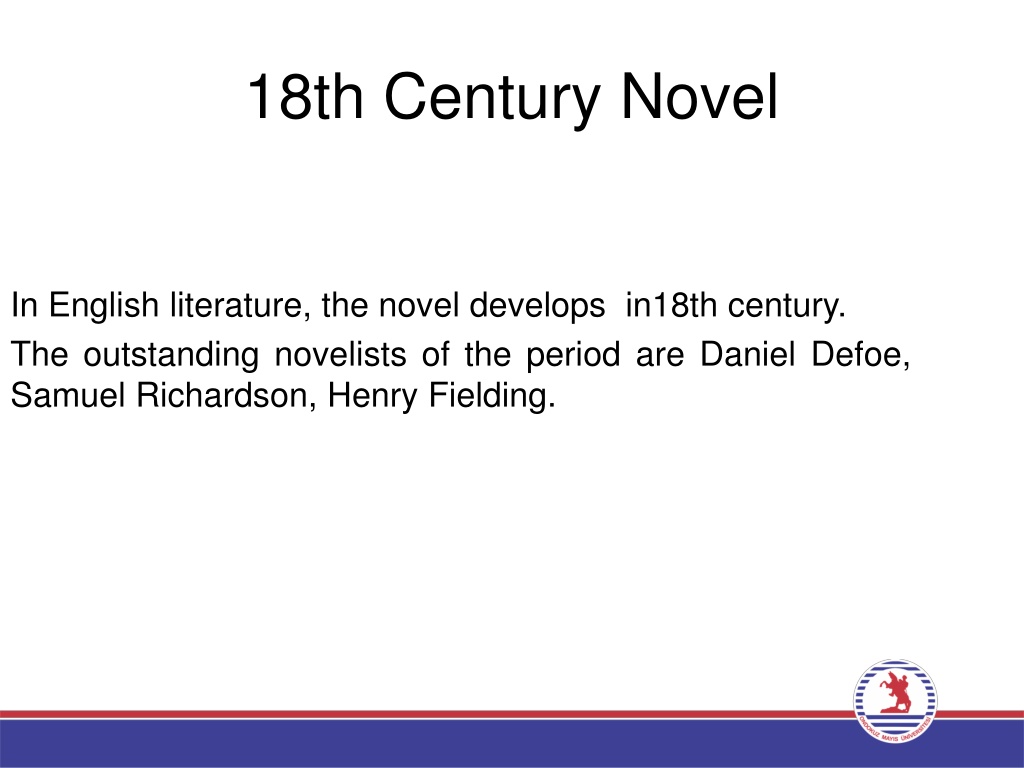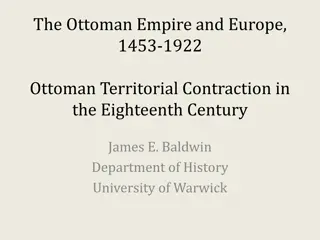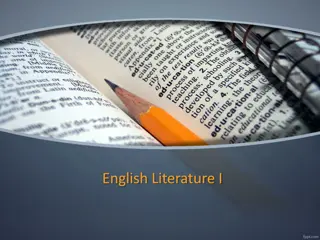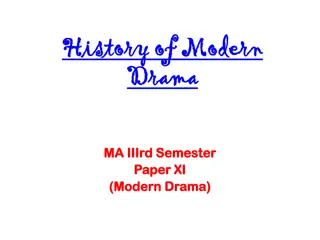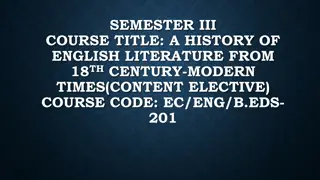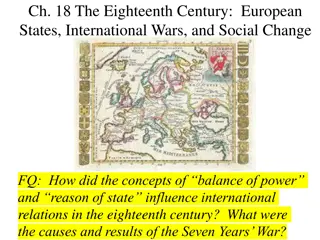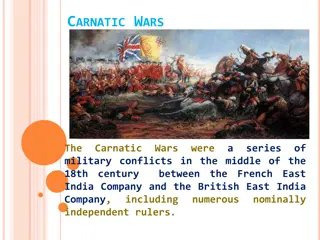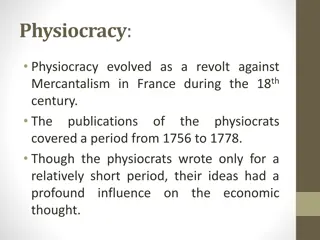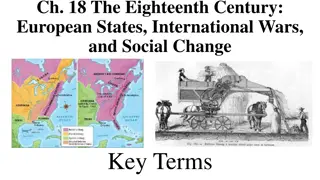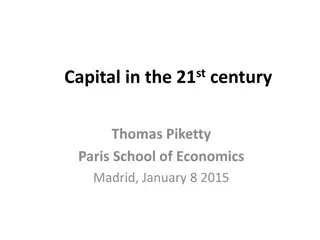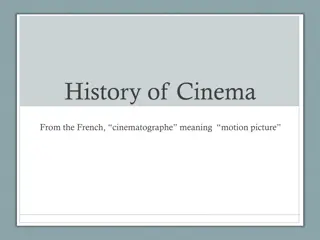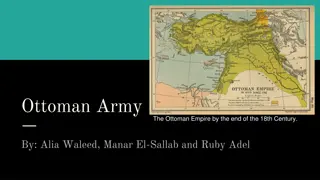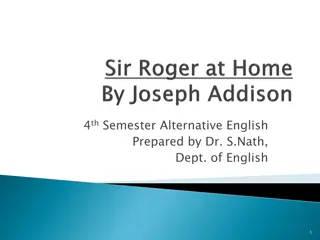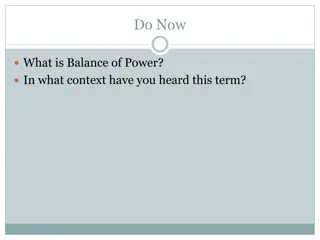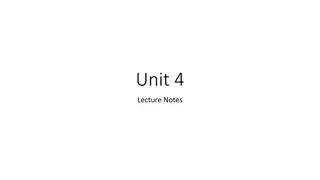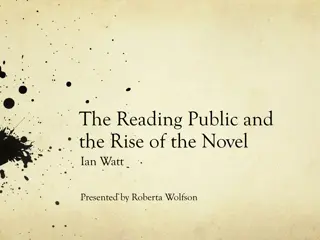Evolution of the 18th Century English Novel
The 18th century marked a significant evolution in English literature, particularly seen in the development of the novel. Key novelists of this period include Daniel Defoe, Samuel Richardson, and Henry Fielding. Their works, such as Robinson Crusoe, Pamela, and Tom Jones, epitomize the various styles and themes that characterized 18th-century novels, including picaresque elements, epistolary form, and satirical commentary on society.
Uploaded on Sep 12, 2024 | 0 Views
Download Presentation

Please find below an Image/Link to download the presentation.
The content on the website is provided AS IS for your information and personal use only. It may not be sold, licensed, or shared on other websites without obtaining consent from the author. Download presentation by click this link. If you encounter any issues during the download, it is possible that the publisher has removed the file from their server.
E N D
Presentation Transcript
18th Century Novel In English literature, the novel develops in18th century. The outstanding novelists of the period are Daniel Defoe, Samuel Richardson, Henry Fielding.
Daniel Defoe Robinson Crusoe, Moll Flanders, Roxana
Moll Flanders is one of the early examples of picaresque novel in English literature The term picaresque comes from Spanish picaro Picaresque novel is about the adventures of a rogue. There s little character development The hero/heroine always travels and therefore is an outsider to society. Picaresque novels are satirical. The hero or heroine is generally a likeable rogue, a trickster, a rascal. He/she is never an actual criminal
Richardson was a professional printer who began novel writing when he was fifty. He helped young women in writing their love letters. He was asked to write model letters for use on various occasions. Then he was inspired to write a novel in a series of letters. His aim was to give a moral message to his readers. The title of the novel was Pamela or Virtue Rewarded. volume of
His other notable novels are: Clarissa, Sir Charles Grandison. Epistolary novel: any novel written in the form of a series of letters. Pamela or Virtue Rewarded and Clarissa are the examples of epistolary novel.
Fielding considered as a misleading example of virtue. So, he wanted to write a parody of Pamela and began to write Shamela. When the novel progressed, it became important a mere parody. So he changed the title of the novel into Joseph Andrews. His notable novels are: Joseph Andrews, The History of Tom Jones, A Foundling. Richardson s Pamela a work more
The Distinguishing Features of 18th century Novel The 18th century novel has a very simple formula: make the reader laugh, make the reader cry and make the reader curious. The characters are divided into two as the good and the bad. The physical appearances and the names of the characters reflect their personalities.
The characters and when they have a problem, the writer employs a coincidence to help the good characters. So, the plot is based on too many coincidences. At the end of the characters are rewarded characters are punished. It s called poetic justice. writer takes sides with good novel the while good bad
These novels are didactic. The writer tries to give a message at the end of the novel, though the message is simple. Be good, be virtuous, if you re virtuous you ll be rewarded. There re digressions in these novels. The major female characters are always weak and fragile. When they have a problem or are surprised, they always cry or faint. They always need the protection of a man. Minor female characters may be shrewish
